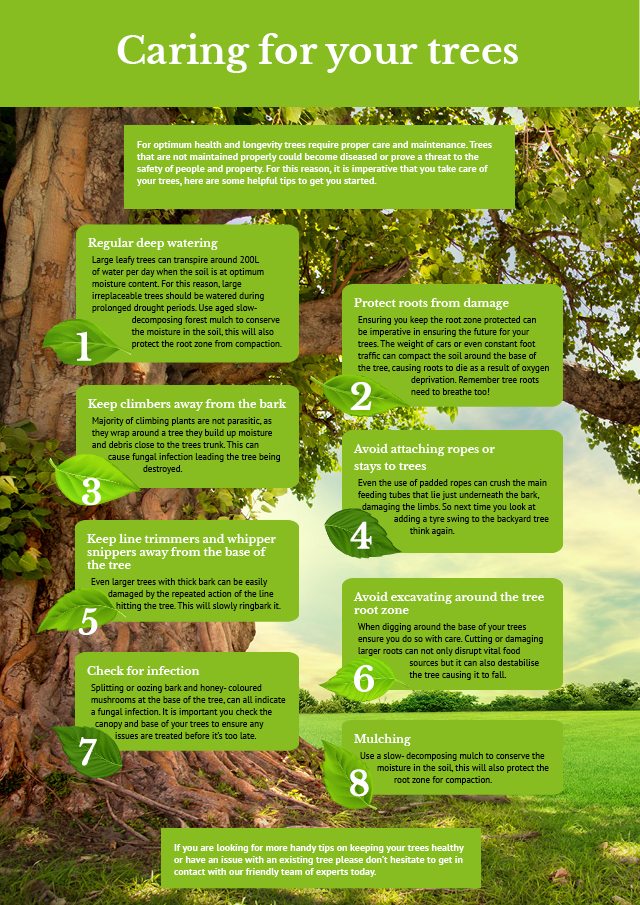Look For Significant Warnings That Your Tree Could Be A Hazard; Understanding These Can Aid Safeguard Your Home And Your Family.What Should You Look Out For Next?
Look For Significant Warnings That Your Tree Could Be A Hazard; Understanding These Can Aid Safeguard Your Home And Your Family.What Should You Look Out For Next?
Blog Article
Material Develop By-Reid Skovsgaard
When it pertains to tree care, identifying the indicators that it's time for removal is necessary for your safety and security and property. You may discover stained leaves, wilting branches, or weird fungal growths showing illness. Structural issues, like a significant lean or fractures in the trunk, can likewise present threats. Comprehending these warning signs can aid you make informed decisions about your trees and avoid prospective dangers hiding in your yard. What should you look for next?
Indicators of Degeneration and Disease
When you observe indications of degeneration and disease in your trees, it's essential to act quickly. Seek tarnished leaves, wilting branches, or unusual growths like fungi. These can indicate that your tree is battling.
If you see fractures in the bark or soft, mushy wood, these signs recommend inner decay. In addition, an abrupt boost in bugs around your tree can signify that it's damaged and prone.
Look for any type of dead or dying arm or legs, as they present a risk to your property and safety. If you doubt about what you see, speaking with an arborist can offer quality.
Resolving these indicators early can save you from a lot more considerable damages and guarantee the wellness of your backyard. Do not wait until it's far too late.
Structural Instability and Leaning
As you observe your trees, watch out for any type of signs of architectural instability or leaning. If a tree leans considerably, it might suggest that the origin system is endangered.
Try to find any fractures in the trunk or dirt around the base; these can signify potential failure. Furthermore, check for unusual growth patterns, like an unbalanced crown, which may recommend that the tree is struggling to hold itself upright.
If you see that the tree leans toward your home, high-voltage line, or other frameworks, it positions a better risk. Don't disregard these signs-- consult an arborist to examine the situation.
Taking action early can prevent expensive damage and ensure your safety and security.
Dead or Dying Branches and Foliage
If you observe dead or passing away branches and foliage on your tree, it's a clear indicator that something's wrong.
These undesirable areas can indicate underlying issues like condition, bug problems, or environmental tension. When branches lose their fallen leaves or turn brownish, they're no more contributing to the tree's health. Neglecting these indicators could cause further decline, making your tree a lot more dangerous.
Dead branches can easily break short during tornados, posing a risk to residential or commercial property and people nearby. Tree Trimming Ladder to examine the level of the damages.
If the problem influences a substantial part of the tree, think about seeking advice from an expert. They can aid determine if elimination is essential to guarantee safety and security and preserve the appeal of your landscape.
Final thought
If you notice any kind of signs of degeneration, structural instability, or dead branches on your trees, don't ignore them. https://www.travelandleisure.com/trip-ideas/national-parks/joshua-tree-camping-tips can present significant safety and security risks to you and your residential property. It's constantly best to get in touch with a professional arborist that can offer a specialist evaluation of your trees. Acting early can stop mishaps and pricey damage, guaranteeing your landscape remains secure and healthy and balanced. Keep in mind, it's much better to be positive about tree treatment than to await a catastrophe to happen.
